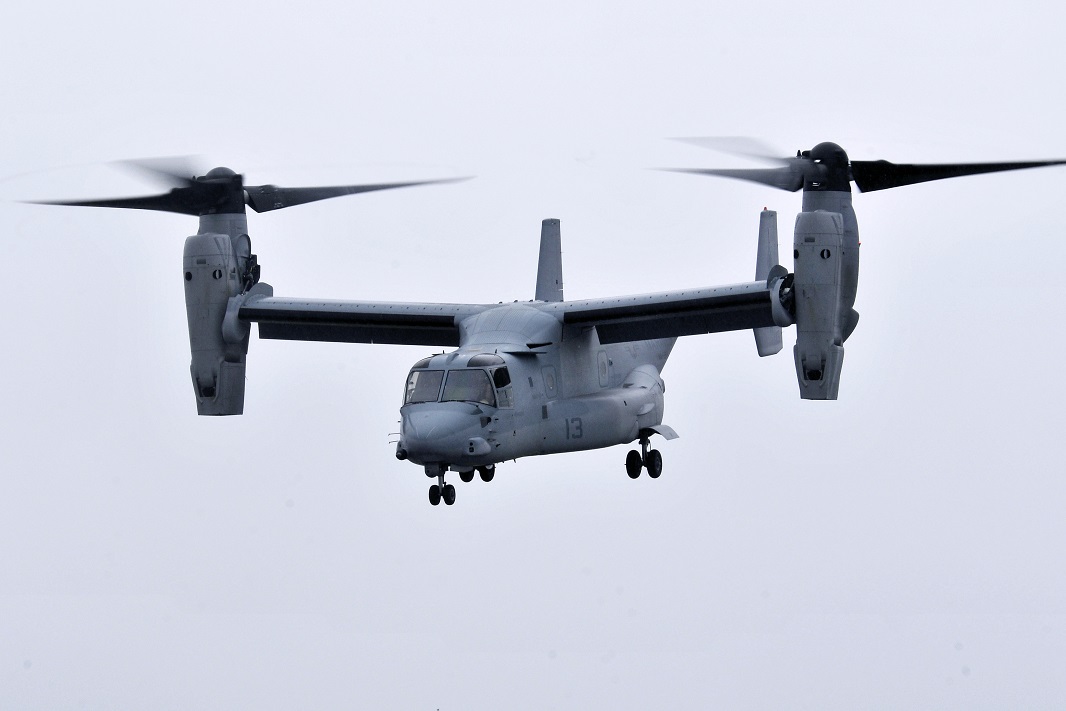
This post is also available in:
 עברית (Hebrew)
עברית (Hebrew)
Several web-based services let aviation enthusiasts, curious people, journalists and, generally speaking, anyone who has an Internet access track flights in real-time. Open Source Intelligence (OSINT) tools can reveal a lot about military movements. Such technologies allowed to track the entire deployment of US troops in Iraq in response to the attack of protesters on the US Embassy in Baghdad on December 31, 2019.
The embassy was later in the day reinforced by 100 Marines, airlifted there by MV-22B Ospreys supported by at least one AH-64E Apache Guardian, and Iraqi Security Forces stationed on the perimeter.
Following the attack, the US Defense Secretary Mark T. Esper authorized the deployment of an infantry battalion from the Immediate Response Force of the 82nd Airborne Division. 750 paratroopers were deployed in 18 hours to the Central Command Area Of Responsibility (CENTCOM AOR), with more being readied for further deployments in the following days.
What’s interesting about this is that it was possible to track the entire deployment by the use of ADS-B, Mode S and MLAT allowing us to discover some details of the operation through OSINT tools, reports theaviationist.com.
You can get a pretty good “picture” of what is happening in these hours by following, among all the others, accounts on Twitter reflecting several portals/services, which rely on a network of several hundred feeders around the world who receive and share Automatic Dependent Surveillance-Broadcast (ADS-B) transponders data.
The ADS-B system uses a special transponder that autonomously broadcasts data from the aircraft’s on-board navigation systems about its GPS-calculated position, altitude and flight path.
Multilateration (MLAT) uses Time Difference of Arrival (TDOA): by measuring the difference in time to receive the signal from aircraft from four different receivers, the aircraft can be geolocated and followed even if it does not transmit ADS-B data.

























